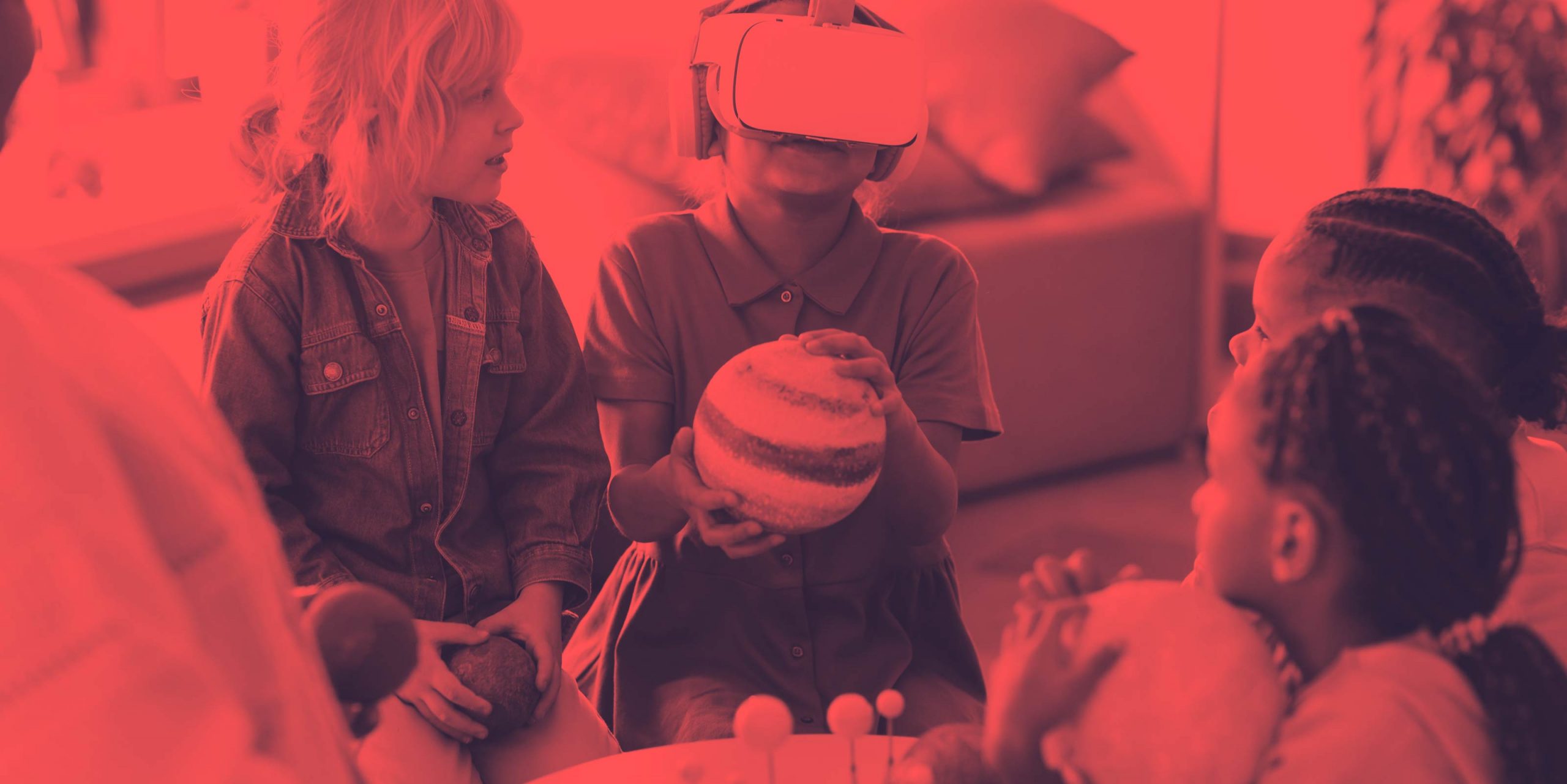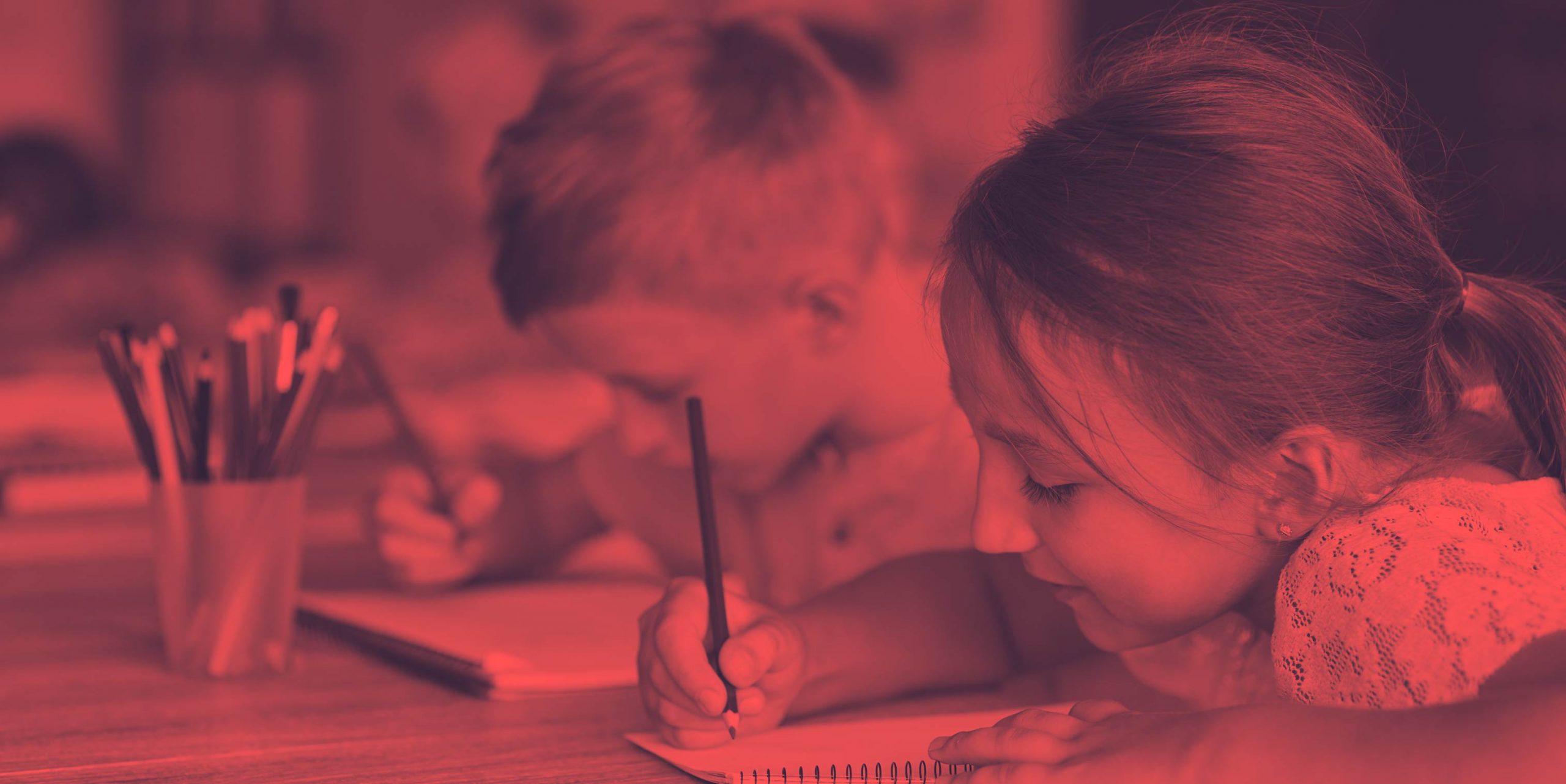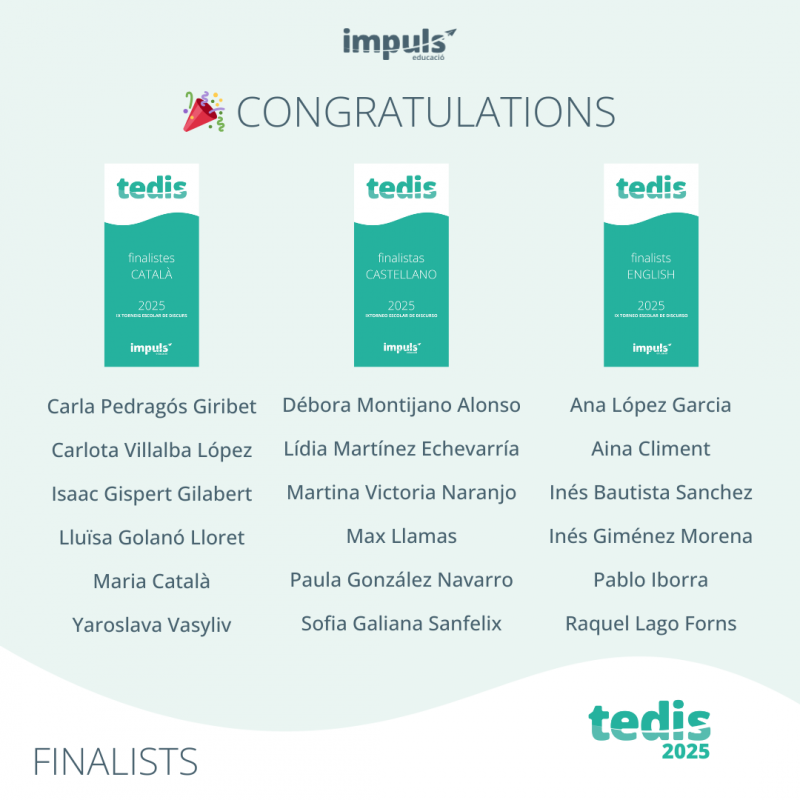24 February 2021
Interview with Coral Regí, director of Escola Virolai

By Maria Latre
Coral Regí is a biologist and educator by vocation.
Director of Escola Virolai, she is a member of different educational associations and a member of the School Council of Catalonia.
She is also a member of Educació Demà of the Jaume Bofill Foundation.
She has written articles on leadership, professional evaluation and pedagogical and educational quality processes.
Moving from sanctioning and grading assessment to assessment as a learning tool.
In assessment, what has to be different? We have heard you talk many times about polyhedral evaluation. What do you mean?
In compulsory education it has to be an evaluation to grow, to provide information, to continue learning, and therefore it is a formative and formative evaluation. Another thing is when you have to deal with post-compulsory education: when, for example, you have to train a dentist, a doctor or a lawyer. There the evaluation may be formative in the first period, but above all it is certifying. At the end of the day, as a faculty professor, you have to decide whether this man or woman is prepared to be a doctor, a dentist or a lawyer.
But with all that is compulsory education, the evaluation does not make sense to be certifying because what you have to ensure is that this child continues learning and has some strategies to continue learning. That is to say, at what point he/she is and how he/she has to continue. In fact, I always say that the evaluation has to be holistic and polyhedral. I know that words get used, but holistic means that it reaches all areas of the person. In other words, with an obligatory theoretical teaching, we have to ensure that we evaluate, first of all, competencies, that is, knowing how to do things. And the soft skills: value competencies, capacity for effort, creativity, resilience and perseverance. All this must be evaluated. It does not mean that we have to give them numerical grades, it means that we have to evaluate them, that is, tell the child if he/she is doing well or not.
If he does not do it well, we have to tell him how he has to continue doing it better. In other words, we have to give him guidelines. We can give him information so that he learns to make a better effort. This is a very important element: to give him this information.
Holistic means that we have to evaluate all the competencies of the person, as I said before. Polyhedral means that the evaluation has to go hand in hand with the student’s reflection. The phrase I learn by doing and reflecting on what I have done is true. If there is one thing assessment lacks, it is reflection. Let me explain it with a percentage: in general, teachers spend 80 percent of their time preparing classes, preparing activities; and they dedicate very little time to the evaluation process, which is crucial. Many times, when an activity is finished, the teacher returns the activities and does not comment on them with the students, only gives a grade, or tells the student what he/she has done wrong. This evaluation does not give information to the child about how he/she has to continue to make an effort and improve.
This would be a judgmental, judging evaluation. You are either good or you are bad; you either know or you don’t know. If we say that in compulsory education the student has to learn how to learn, it makes no sense for us to make this punitive evaluation. I also say that it is polyhedral because it is self-evaluation, and evaluation of all: of the educators, of the teachers, of the families. For example, with regard to effort, generosity and perseverance, families have a lot to say. On the other hand, evaluation also of people, of 360-degree education: of the world of leisure, for example. Sports coaches may sometimes have more information to know if a child knows how to share, work in a team, resolve conflicts than a classroom teacher. And returning to the main topic: we must not only evaluate the contents of what they know how to do, but above all the person him/herself. If I tell a student that effort is very important and then I do not value him and only value the result of the exam, the message I am giving him is absolutely misleading.
So you are talking about moving from a punitive and qualifying evaluation to an evaluation as a learning tool.
Yes, this is the case of the Austin butterfly video. The teacher is saying to the children: Look at this butterfly; and what is wrong with it? Think about it. Come on, do it again. A fundamental thing is that evaluation is the possibility of redoing things, because that way you move forward. And I repeat that post-compulsory education is another thing. But in compulsory education, which for me is from 0 to 18 years of age, the important thing is to provide the student with information on how to do things.

Polyhedral means that the evaluation has to be linked to the student’s reflection. If evaluation lacks anything, it is reflection
How have you applied it in your school in the different stages? How has this process of change been experienced?
What we do first is to work through tutoring. The figure of the tutor is essential. A personal plan is made for each student and in this personal plan there are all kinds of competences. Personal competencies, relationship competencies, learning competencies and family competencies. That is to say, the family also sets objectives. We evaluate this jointly: the family, the school and the student himself, who evaluates himself. The other key element on our part is the fact of being very clear that what is important is not where the person has arrived. I suppose you have seen the slide, the one where there is a fish, a monkey… and it says: we are going to make a fair evaluation: everybody has to climb the tree. This is not fair. Because it depends a lot on aptitudes. What we value is progress and this is what we call satisfactory evaluation; that is to say, what interests me is that students learn to make an effort. Therefore, what I have to do is to establish challenges that imply an effort to do them. If you tell me you have to run the Marathon, I will tell you no. If you tell me start running the Marathon, I will tell you no. If you tell me start running two kilometers and work your way up, I will do it. You as a professional (and here I also want to talk about feedback) will not tell me that I did very well and that’s it: you will tell me how I ran, how many minutes, etc. You could tell me do you think you could run in so many minutes, now? And from here I will encourage myself. If you tell me go up and down the stairs at home, this I already do easily; if this is my challenge, it would be worthless. The challenges have to be absolutely adapted to the uniqueness of the child and what we have to evaluate is the progress, the effort, what the improvement represents to the child.
You talk about evaluation as a motivating tool for the student: personalizing and helping students in their autonomy. How are your students incorporating evaluation practices in which they are also active protagonists?
They are getting used to it. We also have a lot of heteroevaluation practice among peers. At first, you may think that these children will cheat. But no: we don’t ask them to say a grade, they have to make a comment. And if the student has to make a comment on how the partner has worked, this is experienced in a different way, and therefore this student will get involved. And when you say I will evaluate how you have evaluated yourselves and your colleagues, to see how you have worked as a team, the students take it seriously. Right away, when they see that this is true. Sometimes they don’t take it the way they have to take it because they know that in the end the grade that counts is the teacher’s grade. When you show them that this is very important, that you read, that you look at it, that you value it, that you review it and give them feedback, everything changes. A key element in the whole process of student growth is the issue of feedback. It has to be positive, it has to be growth. Primary school teachers sometimes perhaps go overboard on the positive side. And telling a child that perhaps he has not done something well, that he has done it very well, does not make sense. Because the child is the first to know that he has not done everything right.
The feedback has to be one of reflection and growth: I have seen that you are making an effort (positive message), I am convinced that if you review this again you can do much better. This is the message. If the student’s result is not good, you don’t tell him/her that it is a disaster. Positive feedback has been very well studied: it has been proven to be the most effective methodology and way of working in schools because students learn more.
The feedback has to be worked a lot in the whole process of growth of children, but the ultimate goal is that the person is self-regulating. We educate for autonomy. And in order to educate for autonomy, first you have to help them with this feedback to make them strive more and more and improve more and more.
Feedback has to be worked on a lot in the whole process of children’s growth, but the ultimate goal is that the person is self-regulating. We educate for autonomy

This whole role of the teacher is what you call master sensei?
Yes, the master sensei. Master sensei comes from a movie about a master who stimulates his students and helps them to see the way. Because what you have to establish for the student is this line of progression, this you can always continue to advance. This element of evaluation that tells you where you are and how to continue advancing, this is the role of the sensei teacher.
And actually notice that he is the most demanding teacher. Because he is the teacher who does not give up but tells you all the time that you have to continue working.
A universal thought in secondary school teachers is to believe that when they have finished the book they have finished the work, when it is not like that at all. The job of a high school teacher is not to teach, but to get students to learn. You can finish the book, but if the students haven’t learned, you haven’t done your job. On the other hand, I will fail this child because this will motivate him to pass and continue working, another mistake. All neurolearning activities tell you that it is the positive stimulus that helps, not the other way around. And finally, another belief is that exams help to stimulate effort and it is not true. It helps to stimulate effort when you feel that you are advancing and making progress.
The family is a primordial element in every educational process. How do you approach it in your school to involve them and accompany them with the improvements you promote in evaluation? How are they experiencing it?
In all educational transformation processes we have to work a lot with families.
Explaining a lot, informing them. Because you have to think that families have been educated in a punitive evaluation system. The language of numbers, from 1 to 10, is well understood. Therefore, the first thing is to tell them that this information is not the one that helps us to improve. Everyone has worked with numbers and experienced it as a child. You have to explain it a lot to the families, that numbers (a 5, a 6…), as I said before, do not help to progress. On the one hand. On the other hand, you have to make sure that they are involved in the whole process. That’s why our students set goals from the family level with the Personal Plan. The child takes the Personal Plan home with the one they have followed at school, and then they add goals from the family level. And we ask all three to sign them: the school, the family, and the child.
From this point on, each trimester the child takes it home and the family sees the complete evaluation that has been done at school. In addition, we ask them to answer some questions. In the more traditional school, parents sign the report card. We ask them a few questions: what do you think your child has improved; what are you most satisfied with this quarter’s progress; what do you think needs to be worked on in the next quarter; questions along these lines (with different wording).
Peer teacher evaluation is still a challenge? What does the evidence tell us?
People are afraid. In all European schools, principals, for example, go into classrooms to see how teachers work. And here it is very difficult, because people have the idea that if a principal or an inspector comes in, it will be to punish you. I think this has to be changed. Show teachers that when you enter a classroom, for example, it is not to punish them, but to accompany them. This is essential.
What advice would you give to other schools that are in this process of transformation or are considering doing so?
The most important thing is that they realize that the transformation has to start with this evaluation. If we do not change the evaluation; that is, if you make changes: you work by projects and similar methodologies, and then you continue evaluating in the same way with an evaluation through a punitive grade without taking into account the transversal competencies; if you do not value all this, you are not making an educational transformation. Evaluation guarantees that the process of educational transformation is done to the end and is done well.
You might also like









Leave A Comment